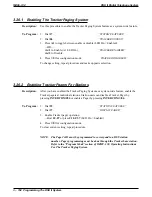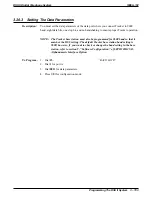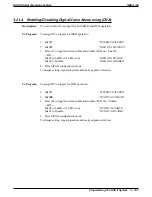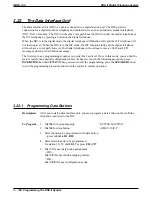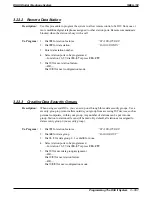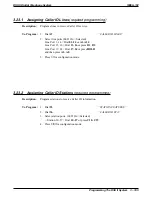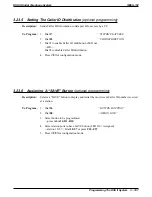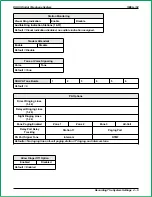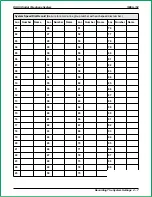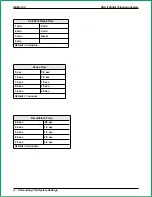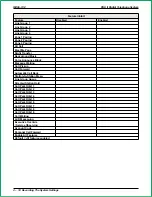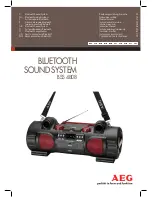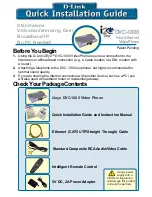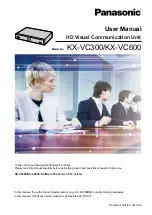
3.23
Caller ID Service Support
When you subscribe to Caller ID service, the central office sends Caller ID data over the lines. After the
Caller ID device deciphers the data, it is displayed on a system LCD speakerphone. You must program
lines and stations for Caller ID service.
NOTE: A lighted LED next to the programming button for the selection indicates the current
configuration. When a single button provides a toggle (on/off) action, the lighted LED
indicates the active feature.
Since the station receives Caller ID data between the first and second rings, you can arrange for the first
ring on Caller ID lines to be either audible or silent. Selecting the silent option ensures that the Caller ID
data is displayed prior to ringing, eliminating the loss of Caller ID data to premature answering.
A station user may automatically retrieve and dial the last Caller ID number displayed at his or her station
by using a “SAVE” button assigned to the station.
CAUTION
Seven-, eight-, and 11-digit numbers are always dialable while 10-digit numbers
must be transformed by the system before they are dialable. To arrange for the
system to transform a 10-digit number into dialable format you must use the VDT
programming method to program the local area code and 6-digit area/office codes
into the system’s memory. You can not do this from station 10 or 12.
All Caller ID features require that the customer-supplied Caller ID interface (product code CID08) deliver
its data to the system’s RS232 data port B. You must configure this port to match the output of the
decoder device. The recommended configuration is 9600 baud, with eight data bits and one stop bit.
The system provides Caller ID information as part of the SMDR printout. An example of this appears
below.
IMI66–132
DSU II Digital Telephone System
3 – 162 Programming The DSU II System
Summary of Contents for DSU II
Page 31: ......





